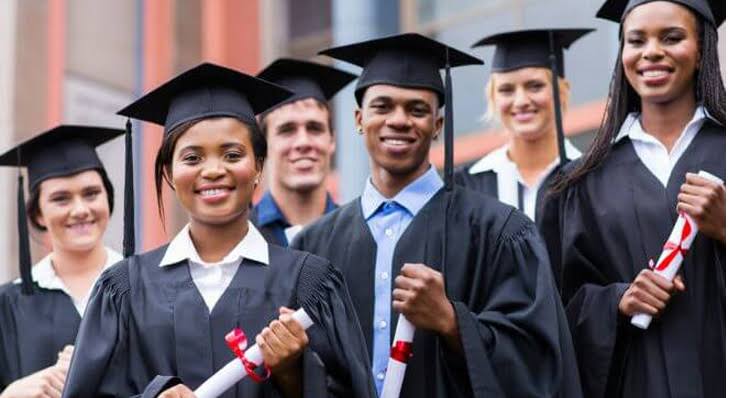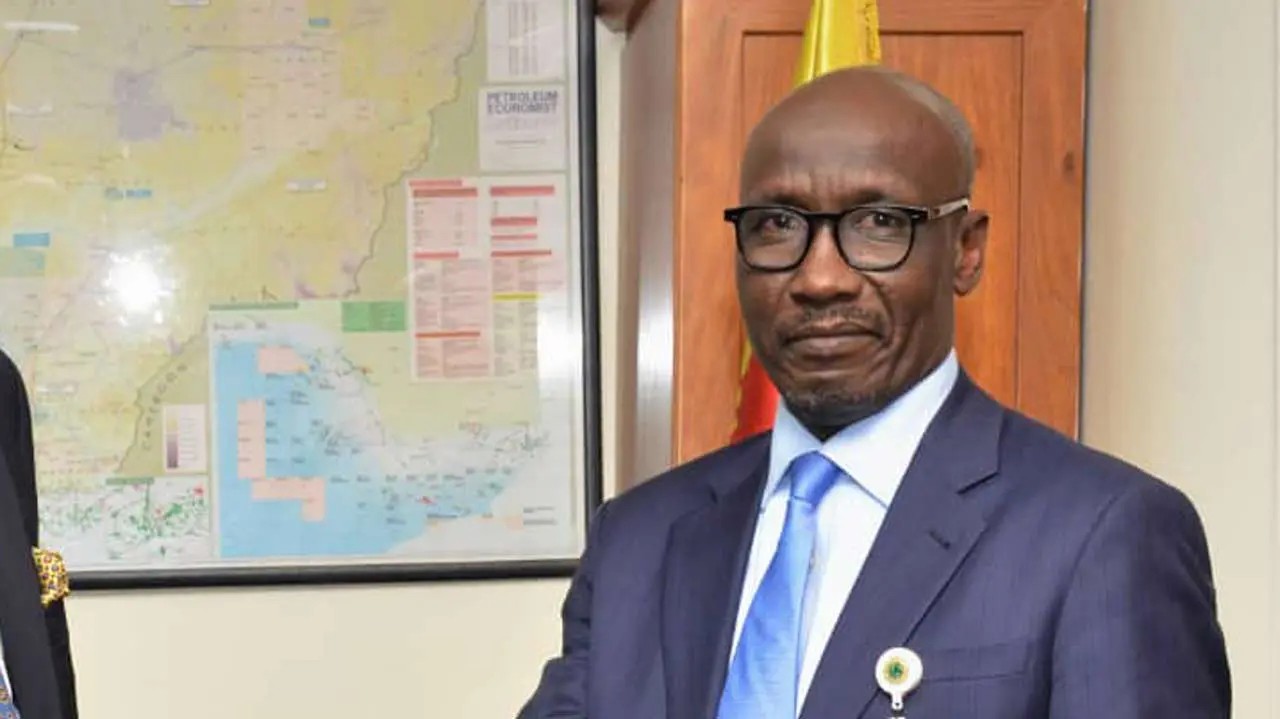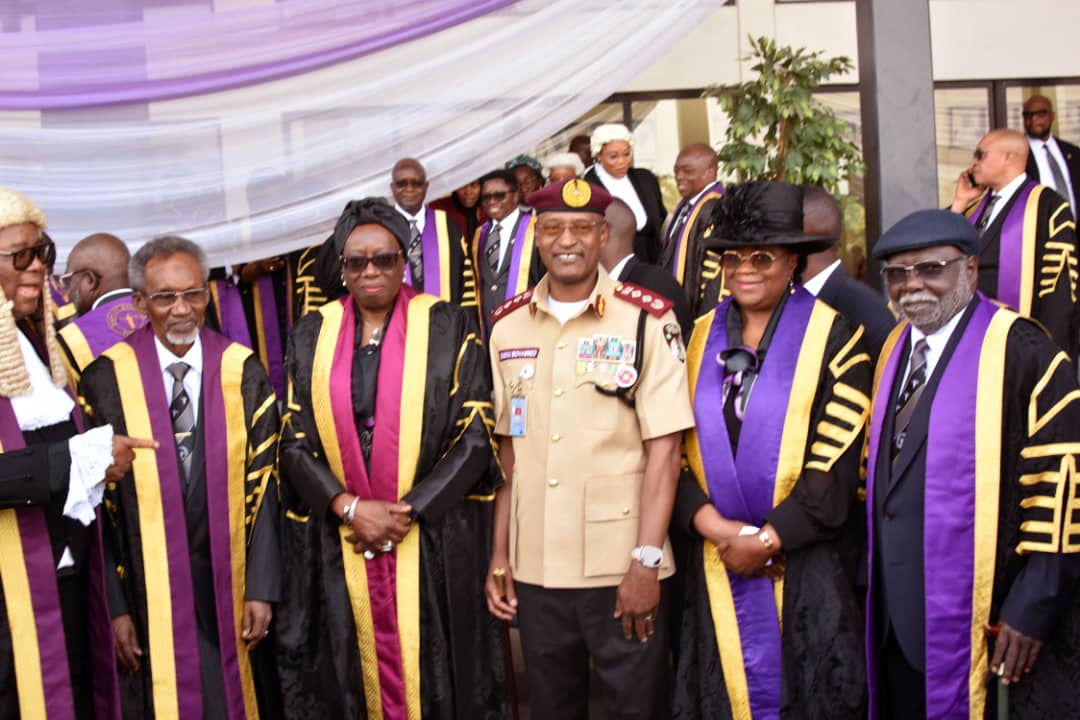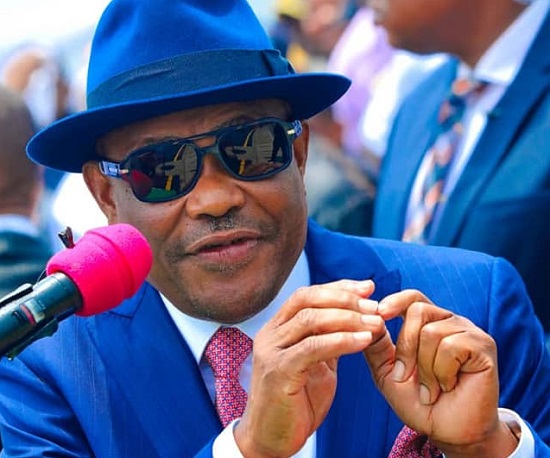The EducationUSA section of the U.S. Department of State says no fewer than 41,000 students from Sub-Saharan Africa are currently studying in American universities and colleges.
The network made this known on Wednesday at the second annual two-day EducationUSA Sub-Saharan Africa virtual fair.
The News Agency of Nigeria (NAN) reports that the network promotes U.S. higher education to students around the world by offering detailed and current information about opportunities to study at accredited institutions in the U.S.
The network of over 430 international student advising centers in more than 175 countries and territories also provides services to the U.S. higher education community.
This is to help institutional leaders meet their recruitment and campus internationalisation goals.
Mr Eric Kneedler, Chargé d’Affaires, U.S. Embassy in Nairobi, Kenya, said that American colleges valued international students.
According to him, American institutions have over the past year, demonstrated their commitment to supporting international students and navigating the unprecedented circumstances that came with the pandemic.
“We have witnessed firsthand the adaptability of the U.S. institutions in ensuring that international students continue to access their education with as minimal interruptions as possible.
“Schools have also been innovative and intentional in their engagements.
“This commitment is on display at this virtual EducationUSA fair, where prospective students will receive comprehensive, impartial and current information on study opportunities in the U.S.”
Kneedler said that American education could be accessed not only on campus, but also from home through online programmes and certifications, or hybrid options that combined in person and virtual classes.
“Whatever you envision for your education, there are numerous possibilities in the United States, for you to achieve your goals and you can rest assured you have a supportive accessible community that truly wants you to succeed,” he said.
Fadzi Muzhandu, an Education USA advisor in Zimbabwe, highlighted smart ways through which prospective undergraduate students could find “best fit schools”.
According to her, selecting colleges and universities is the hardest part of the U.S. admissions process.
She said that there were over 4000 accredited institutions in the country, making the selection process a tricky one.
Muzhandu added that there were five key steps in the process of applying to American universities, stressing that researching options was one of the most important parts.
“This is the most time consuming process but you have to learn to use resources online, especially google.”
The EducationUSA Advisor said that in strategising for success, prospective students should maximize their chances of admission by applying to as many schools as possible.
She urged students to determine their non-negotiable criteria when selecting schools of interest.
This, she said can be the quality of the institution, diversity, facilities available, academic strength in courses of study, tuition, and the availability of financial aid for international students.
She also stressed the importance of completing applications, adding that some students work hard in finding schools that offered scholarships and financial aid but would give up towards the end.
“Regardless of how much work you put into the application process, if you do not complete your application, if you do not click submit on your application, no one gets to see your amazing profile.”
She said that with more than one million international students in the U.S., the country was the number one recipient of international students in the world, making it a choice destination for students.
“Students in Sub-Saharan Africa have become the most mobile tertiary students in the world. From this part of the continent we are sending more students abroad than any other parts of the world.
“If you apply and get accepted to attend, you will be joining the over 41,000 exceptional students who are already there,” she said.
NAN reports that the first day of the fair had in attendance 60 colleges and universities from 26 U.S. states with their representatives on ground to connect with African students virtually.








